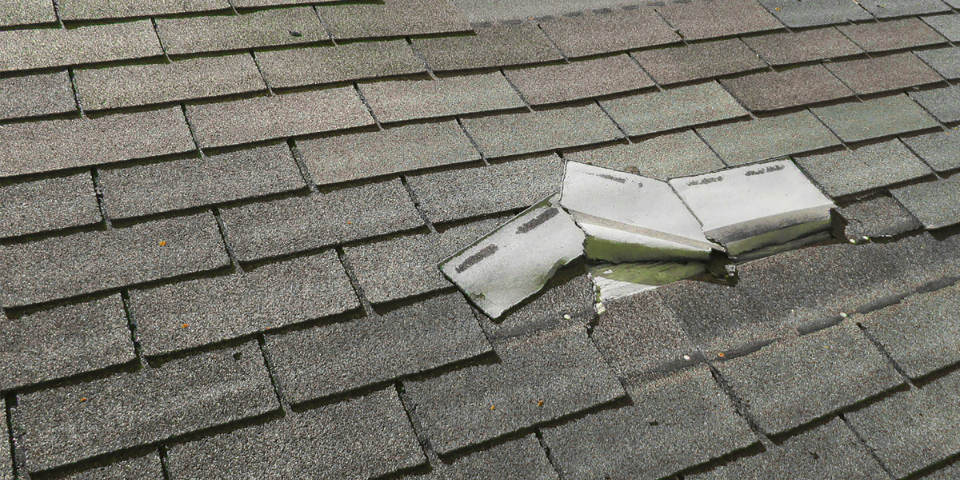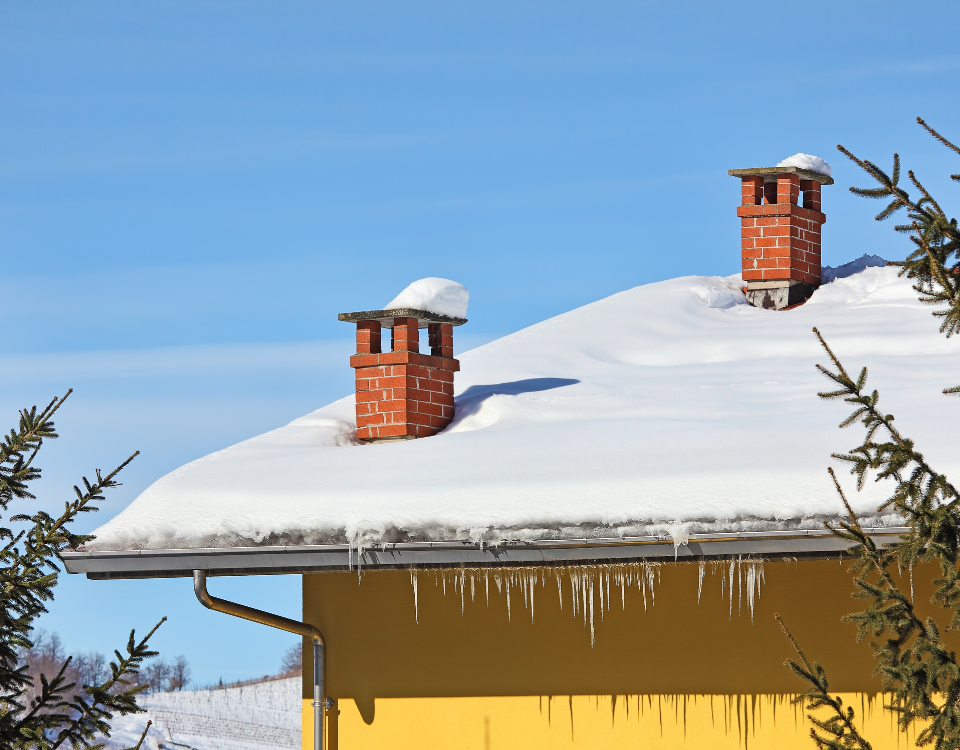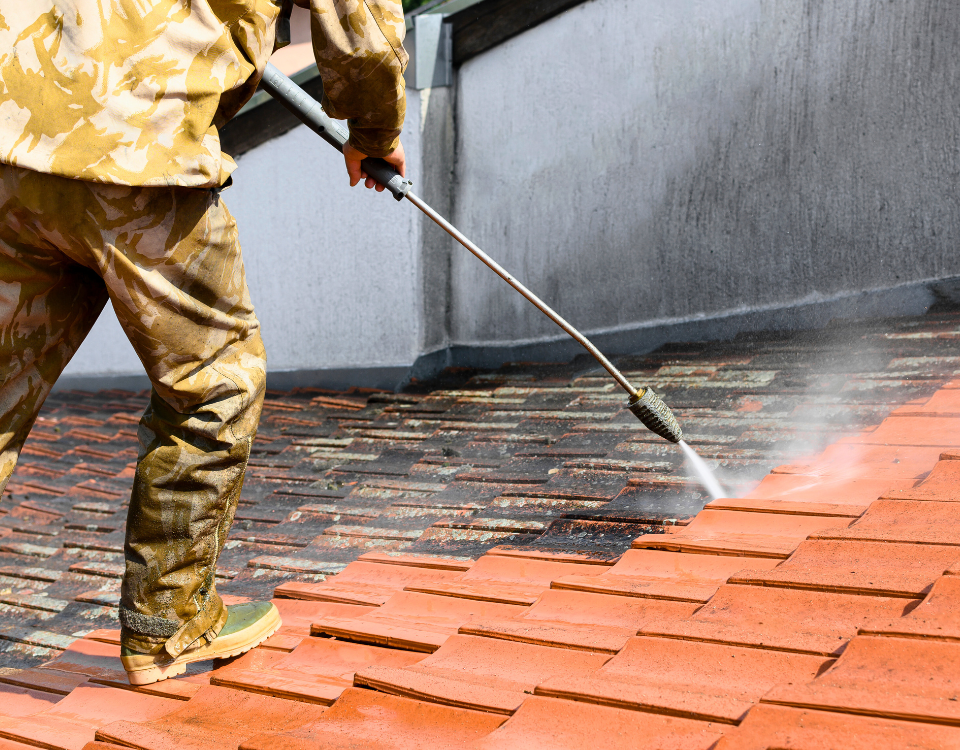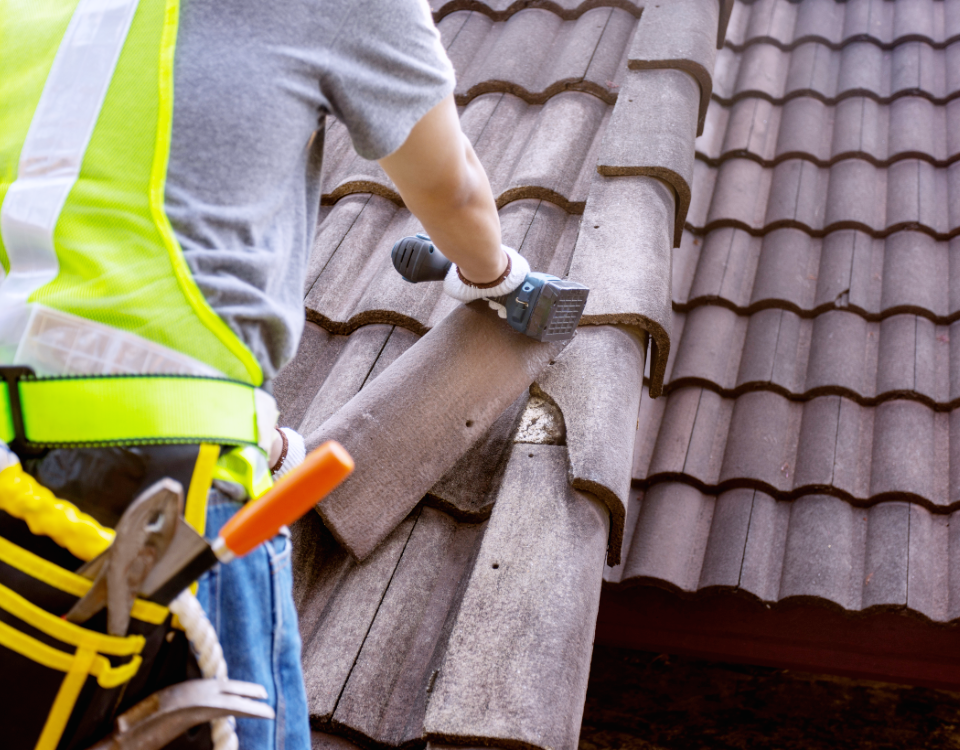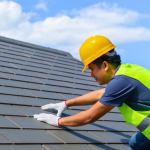
Do Roofing Companies Offer Financing?
April 22, 2022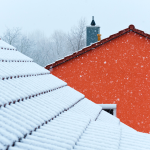
Can Roofing Be Done In Cold Weather?
January 8, 2023Did you know that the hail season lasts from May to August? Your standard roof can withstand a considerable amount of damage. Most of your standard roofing materials are durable and can withstand what mother nature has to throw your way. With that said, some storms and weather fronts can cause damage. If those damages are not repaired, they can lead to more significant problems.
Hail, for example, can damage your roof. Following a hail storm, it is recommended to inspect your roof (or preferably have it inspected by a roofing contractor). Of course, you will want to know, “what does hail damage look like on a roof?” To help, we have created a guide to help you better understand what you need to look for.
Damage to Asphalt Shingles
Asphalt shingles are by far the most common type of shingle used, not only in greater Charlotte but throughout the rest of the United States. More people own homes with asphalt roofs than all other residential roof types combined.
If a hail storm recently hit, you will want to know how to inspect the roof and what to look for. Most hail damage looks like small, imperfectly circular indentations with no set pattern on the shingles. Usually, the circular indentations will appear black. This is because some of the shingle granules have been either pounded into the dark asphalt bed of the product or were knocked off the bed of asphalt when hail struck the roof.
When looking at the roof from the ground, you might notice that portions of the roof appear shiny. Most healthy shingles will not appear to be shiny, as the visible granule layer does not usually have a mechanism that would cause shimmering reflectivity. When these granules and the dark asphalt layer behind them are breached, the fiberglass mat can become exposed. The fiberglass mat, which serves as the structural core of the shingle, is highly reflective and can appear shiny when sunlight hits it. So if you notice a new shimmer that you never noticed before, there’s a chance your roof has sustained some kind of hail damage
Ideally, you will have a physical inspection performed. If you do not feel comfortable going up on the roof to do this yourself, feel free to contact Charlotte Roofing Specialists for a storm inspection. If you are confident going onto your roof, make sure to touch the roof with your hands. Sometimes, hail damage isn’t as obvious as large circular indentations. There are times you will instead feel soft, almost bruised areas of the shingles. This is a result of the lost structural integrity of the shingle. Should you identify soft areas in the shingles, you will likely need to have the specific areas replaced.
Damage to Wood Shingles
If you own a house with wooden shingles, hail damage will appear slightly different from that of asphalt. While there might still be some circular indentations around the shingles, wood is more likely to splinter, crack, and split along the wood grain. This does make it easier to spot from the ground (although it is still recommended to inspect the roof up close). Now, because of the physical makeup of wood shingles, it is easy enough to confuse other kinds of natural damage with hail damage.
Strong winds and even heavy rain may cause wood shingles to split, so determining whether the damage is from hail may require additional information, such as the size of hail that impacted the home and/or significant dents in soft metals on the roof (box vents, wall flashings, heatstacks). Regardless of the cause of this damage, you need to replace the splintered wood shingles.
Damage to Metal Roofs
Metal roofs are incredibly durable. With that said, it is possible for metal roofing to be damaged by hail.
Whether steel or aluminum, hail damage looks like circular divots within the metal. These divots can be small, around the size of a fingertip. Other divots might appear larger like someone threw a baseball at the roof. Usually, the damage will not be isolated; instead, random damage will spread throughout the roof.
Of course, the repair process for metal roofing will depend on the severity of the damage as well as the kind of metal in use. Small dings are not typically considered functional damage, but significant damage often requires replacement.
Bring in A Professional Roofing Contractor
It is highly recommended to have your roof inspected at least once annually. This way, you can identify issues before they develop into more significant problems. You can also have these minor issues repaired early on, saving you time and money further down the road. It also extends the life of your roof, regardless of the roofing material.
If you haven’t had your roof inspected in the last year, it is highly recommended to contact the team at Charlotte Roofing Specialists and schedule an in-person inspection. And even if you have had it inspected in the last year, Charlotte Roofing Specialists can inspect your roof following a hail storm.
Whatever your roofing needs might be and however old your roof is, when it comes to all things roofing, the team at Charlotte Roofing Specialists is here to help. All you need to do is give the customer service staff a call or request a free estimate directly through the website.


